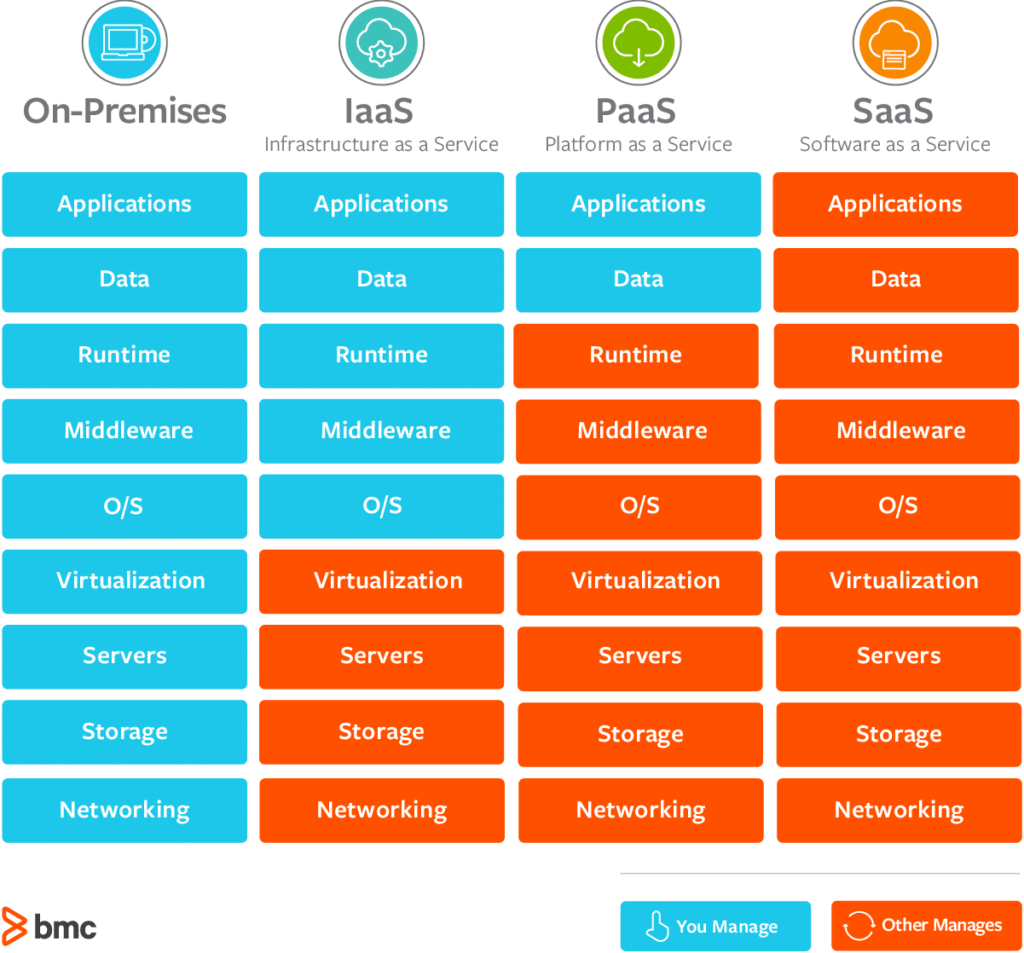Achieve Seamless Scalability With Cloud Services
In the ever-evolving landscape of cloud services, achieving seamless scalability stands as a cornerstone for modern-day services seeking to stay competitive and versatile. The capacity to easily broaden or contract sources in feedback to transforming needs is a critical advantage in today's fast-paced digital setting. By understanding the art of scalable cloud solutions, companies can not only maximize performance and simplify procedures but also lead the way for future growth and innovation. The pursuit for smooth scalability with cloud solutions unveils a world of opportunities for those happy to welcome the transformative power of vibrant resource monitoring.
Benefits of Cloud Scalability
Cloud scalability supplies organizations the flexibility to dynamically adjust resources based upon demand, guaranteeing optimum performance and cost performance. One key advantage is the ability to scale sources up or down rapidly in action to fluctuating workloads. This agility enables companies to fulfill altering client demands without over-provisioning sources, eventually leading to cost savings. Scalability likewise enhances efficiency by making certain that systems can handle enhanced traffic or work without experiencing downtime or stagnations. By successfully allocating resources, companies can maintain high levels of performance throughout peak times without unneeded expenditures throughout quieter periods. Additionally, cloud scalability promotes technology and trial and error by enabling businesses to easily test originalities and scale them as needed. This flexibility urges a culture of constant renovation and adjustment, allowing organizations to remain affordable in a swiftly advancing market landscape. Inevitably, the advantages of cloud scalability expand beyond cost savings to encompass improved efficiency, dexterity, and development.
Secret Features for Scaling
Reliable scaling in cloud solutions relies upon essential attributes that allow organizations to adjust resources dynamically based upon demand. One necessary function for scaling is flexibility, allowing sources to scale up or down in feedback to varying workloads. This makes certain that organizations can meet efficiency requirements without over-provisioning sources. One more key attribute is scalability, making it possible for systems to deal with increased work by adding sources seamlessly. This feature is crucial for suiting growth without jeopardizing performance. Additionally, automation plays an essential function in scaling by automating the provisioning and de-provisioning of sources based upon predefined policies. Automation decreases human treatment, improves effectiveness, and guarantees fast response to altering demands. Surveillance and analytics devices are also necessary for scaling, offering understandings right into source utilization, efficiency metrics, and potential bottlenecks. These tools enable companies to make educated choices and enhance source appropriation for effective scaling. Generally, these key attributes jointly equip companies to achieve seamless scalability in cloud solutions.
Applying Auto-Scaling Strategies
To efficiently maximize resource allotment and adjust to differing workloads, organizations need to tactically apply auto-scaling approaches in their cloud services infrastructure. Auto-scaling permits systems to immediately readjust the variety of compute sources based on real-time demand. There are different auto-scaling techniques that companies can utilize, such as anticipating scaling, which uses historic data to anticipate future resource demands, and reactive scaling, which replies to existing work modifications.

Finest Practices for Scalability
For organizations aiming to improve their scalability in cloud services, carrying out finest methods is critical for optimum efficiency and resource management. One key best technique is creating applications with a microservices design. This approach breaks down applications into smaller, independent solutions that can be deployed, upgraded, and scaled independently, allowing for higher flexibility and scalability.
An additional important practice is making use of containerization innovation, such as Docker or Kubernetes. Containers enable the product packaging of applications and their dependencies right into isolated devices, making it much easier to scale components check over here independently and release them consistently throughout different settings.
Furthermore, implementing automated implementation and facilities as code (IaC) can improve scalability initiatives (linkdaddy cloud services). Automation tools like Terraform or Ansible assistance in provisioning and managing sources effectively, decreasing hand-operated errors and making it possible for quick scalability
Moreover, keeping an eye on efficiency metrics, establishing informs, and conducting routine ability preparation are important practices to make certain proactive scalability monitoring. By sticking to these ideal practices, organizations can accomplish smooth scalability in their cloud services while optimizing performance and source usage.
Monitoring Performance Metrics
When evaluating the effectiveness of cloud solutions scalability, very closely keeping track of efficiency metrics is important for making sure optimum performance and source allotment. By continually tracking vital efficiency signs (KPIs) such as response times, source, latency, and throughput use, companies can get important understandings right into the wellness and effectiveness of their cloud facilities. Keeping an eye on performance metrics enables for the very early discovery of potential bottlenecks or issues that can influence scalability, making it possible for proactive steps to be taken to resolve them before they rise.

Final Thought
Finally, achieving smooth scalability with cloud solutions is essential for companies to optimize performance, enhance innovation, and keep high efficiency degrees throughout peak times. By leveraging the benefits of cloud scalability, executing auto-scaling strategies, making use of essential functions such as elasticity and automation, and adhering to ideal methods like application style and efficiency monitoring, businesses can successfully scale their systems while optimizing source application and performance.
The quest for smooth scalability with cloud services introduces a globe of possibilities for those prepared to welcome the transformative power of dynamic resource monitoring.
Cloud scalability uses organizations the flexibility to dynamically adjust sources based on demand, ensuring ideal performance and expense performance. An content additional key feature is scalability, making it possible for systems to take care of enhanced work by adding sources flawlessly.For companies aiming to improve their scalability in cloud solutions, executing ideal practices is crucial for ideal performance and source administration.When evaluating the performance of cloud services scalability, carefully monitoring efficiency metrics is necessary for guaranteeing optimum functionality and resource appropriation.
Comments on “LinkDaddy Cloud Services: Cutting-Edge Solutions for Your Business Demands”